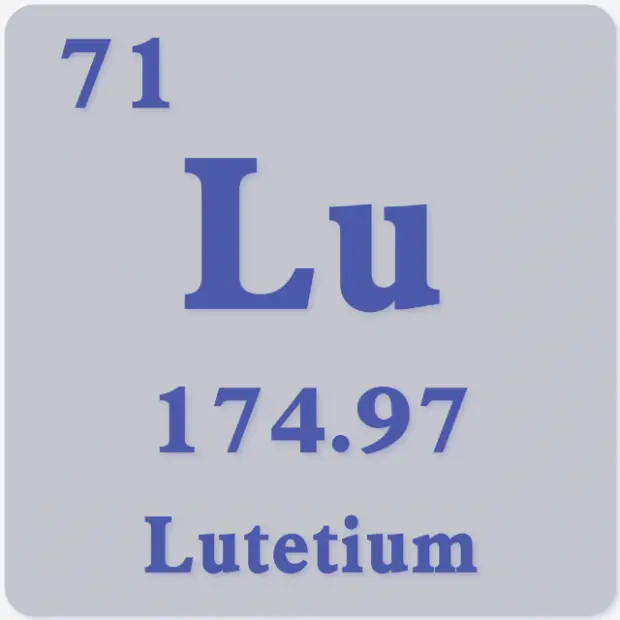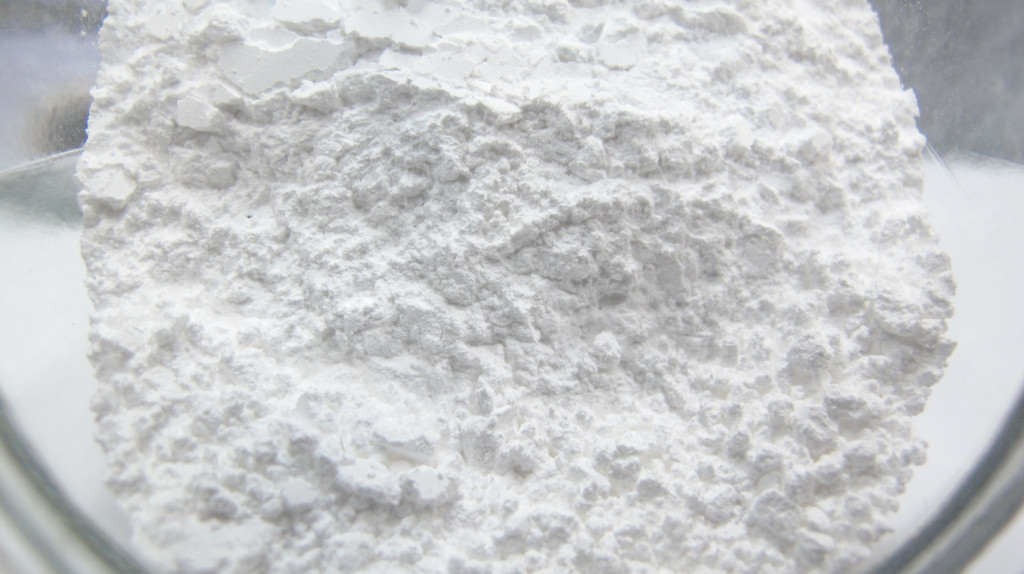Table of Contents
Introduction
Lutetium is a relatively rare chemical element.
French scientist Georges Urbain, Austrian mineralogist Carl Auer von Welsbach, and American chemist Charles James independently discovered lutetium in the mineral yttria in 1907.
The name “lutetium” derives from the Latin “Lutetia,” the ancient name for Paris.
Lutetium is scarce in nature, primarily found alongside other rare earth elements in minerals, making extraction challenging and costly. It is often associated with yttrium and can be used in alloys or as a catalyst in certain chemical reactions. Naturally occurring radioactive isotope ^176Lu can date meteorites, while synthetic isotope 177Lu is used in PET imaging and radionuclide therapy for neuroendocrine tumors.
Lutetium (Lu)
Atomic number: 71
Atomic weight: 174.97 u
Atomic structure: The outermost electronic structure is 4f14 5d1 6s2。
Physical/chemical properties: Lutetium has notable physical properties, including a high melting point and stable chemical nature, which make it ideal for aerospace, nuclear energy industries, and high-performance alloy manufacturing. Its ductility enhances its application in advanced materials science.
Chemically, lutetium’s stability is valuable in scientific and technical applications. Its compounds excel in optical and laser technologies, making it crucial for manufacturing optical devices.
Main Application Areas of Lutetium
- Ideal material in industry: Protonium is the densest metal with the highest melting point among the lanthanides. This makes it stable in high-temperature environments, making it an ideal material in the aerospace and nuclear energy industries.
- Chemical stability: Lutetium resists corrosion in dry air, showing excellent chemical stability. This quality enables its use in specialized environments.
- Optical properties: Lutetium demonstrates outstanding performance in optical and laser technologies, supporting scientific research and high-precision technology.
- Optical properties: Lutetium demonstrates outstanding performance in optical and laser technologies, supporting scientific research and high-precision technology.
- Natural radioactive isotope application: Lutetium’s natural radioactive isotope 176Lu is used to determine meteorite ages, an important application in geology and astronomy.
- Medical applications: The synthetic radioactive isotope 177Lu, when chelated with DOTA-TATE, is utilized in PET imaging and radiation therapy, offering innovative applications in the medical field.
Overall, lutetium plays a multifaceted role in modern technology, contributing to scientific research, medicine, and industry with its unique properties.


